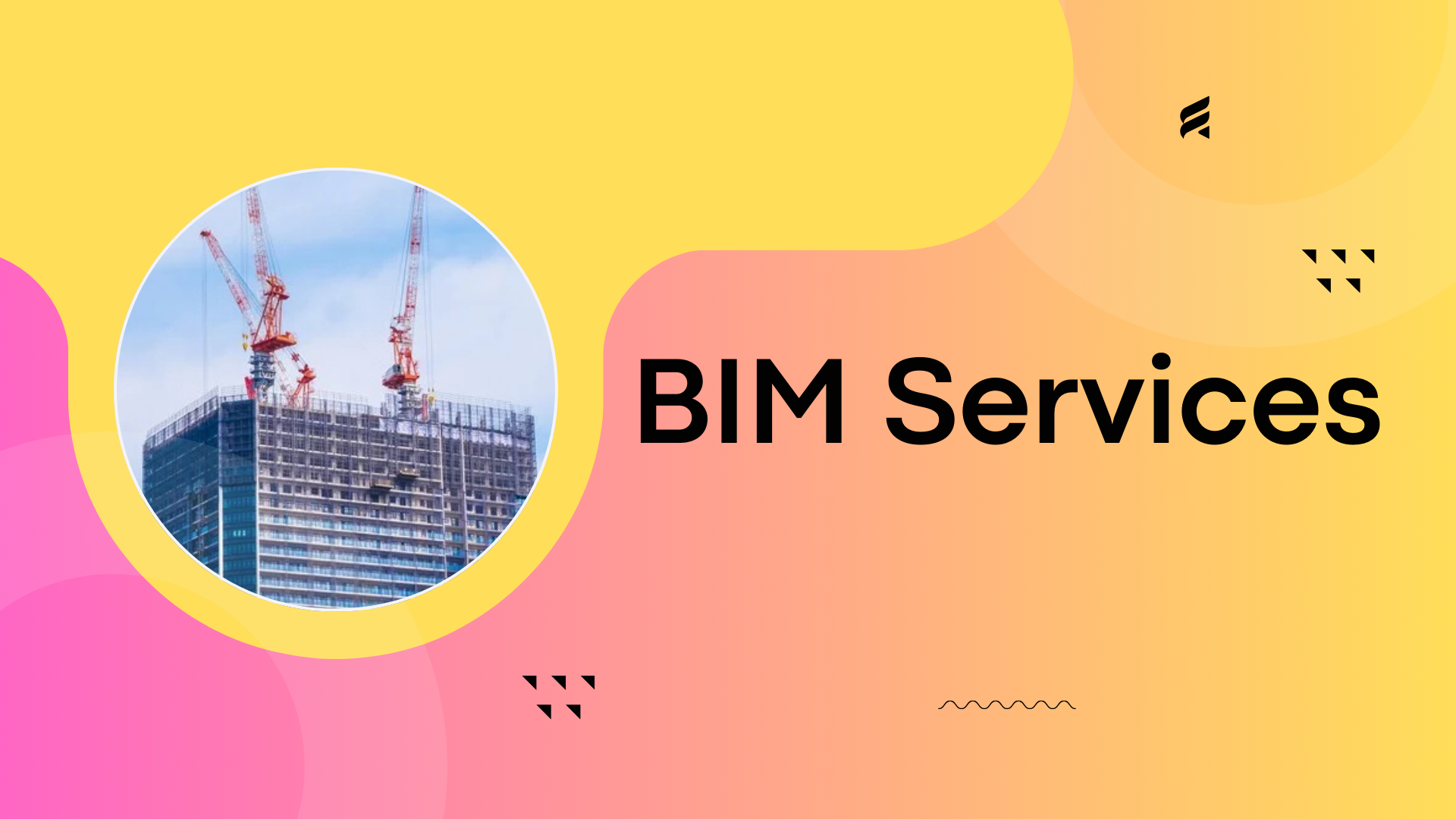-
Fil d’actualités
- EXPLORER
-
Pages
-
Groupes
-
Evènements
-
Reels
-
Blogs
-
Offres
-
Emplois
-
Forums
-
Film
Transforming Construction with BIM Services: A Complete Guide

In the rapidly evolving world of architecture, engineering, and construction (AEC), technology is reshaping how projects are planned, designed, and executed. One of the most revolutionary advancements driving this transformation is Building Information Modeling (BIM). BIM services have become the cornerstone of modern construction, enabling stakeholders to work collaboratively, minimize risks, and deliver projects efficiently.
In this blog, we’ll dive deep into what BIM services are, their benefits, applications, challenges, and future trends.
What are BIM Services?
Building Information Modeling (BIM) refers to the digital representation of the physical and functional characteristics of a building or infrastructure. BIM services involve the creation, management, and utilization of this intelligent 3D model throughout the lifecycle of a project—from planning and design to construction, operation, and even demolition.
Unlike traditional 2D drawings, BIM offers a data-rich, collaborative environment where architects, engineers, contractors, and facility managers can work together in real-time. It integrates geometry, spatial relationships, geographic information, and quantities into a single platform.
Key Components of BIM Services
1. 3D Modeling
BIM starts with the creation of accurate 3D models that represent the structural, architectural, and MEP (Mechanical, Electrical, and Plumbing) elements of a project.
2. Clash Detection
One of the biggest advantages of BIM services is detecting design conflicts early—such as electrical conduits clashing with ductwork—before they become costly errors on-site.
3. Quantity Take-Offs and Cost Estimation
BIM enables automated extraction of material quantities, which helps in accurate cost estimation and budgeting.
4. 4D Scheduling
By linking the model to the project timeline, BIM helps simulate construction sequences, making it easier to monitor progress and optimize schedules.
5. 5D Cost Management
Beyond time (4D), BIM integrates cost data (5D), ensuring transparent financial management across project phases.
6. Facility Management
BIM doesn’t stop at project delivery—it extends into the operation phase, providing valuable data for asset management and building maintenance.
Why BIM Services are Important
1. Enhanced Collaboration
BIM creates a centralized platform where multiple stakeholders can collaborate seamlessly, reducing miscommunication and ensuring everyone works with the latest data.
2. Improved Efficiency
Automated workflows, accurate documentation, and clash detection save significant time during design and construction.
3. Reduced Costs
By preventing design conflicts and errors before construction begins, BIM reduces rework and waste, directly lowering costs.
4. Better Visualization
3D models help clients and stakeholders visualize the end product, making approvals and decision-making faster.
5. Sustainability
BIM supports energy analysis, daylight simulations, and sustainable material selection, aligning projects with green building standards.
Applications of BIM Services
BIM services are widely used across multiple industries and project types:
1. Architecture
Architects use BIM to create conceptual and detailed designs, ensuring accuracy and aesthetic appeal while accommodating structural and MEP requirements.
2. Structural Engineering
Structural engineers leverage BIM for creating precise steel detailing, rebar layouts, and structural analysis.
3. MEP Engineering
MEP systems are complex, and BIM ensures that these systems are integrated without clashes, optimizing efficiency and safety.
4. Infrastructure Projects
Roads, bridges, railways, and airports benefit greatly from BIM’s ability to handle large-scale, complex designs.
5. Facility Management
Post-construction, BIM serves as a digital twin of the building, assisting in asset tracking, maintenance, and renovation planning.
BIM Services Workflow
A typical BIM workflow includes:
1. Planning and Strategy – Defining objectives, BIM execution plans, and data standards.
2. Model Development – Creating 3D models with architectural, structural, and MEP components.
3. Coordination and Clash Detection – Running clash detection tests to ensure model accuracy.
4. Documentation and Analysis – Extracting drawings, reports, and cost estimates from the model.
5. Construction Integration – Linking BIM with project management tools to monitor schedules.
6. Handover and Maintenance – Delivering a complete BIM model for facility operations.
Future of BIM Services
BIM is continuously evolving, with several trends shaping its future:
1. Integration with AI and Machine Learning
AI-driven insights can predict risks, optimize schedules, and enhance decision-making.
2. Cloud-Based BIM
Cloud solutions enable real-time collaboration across geographical boundaries, making global projects seamless.
3. Digital Twins
BIM is moving beyond construction into digital twins—virtual replicas of physical assets used for monitoring performance and predictive maintenance.
4. AR/VR in BIM
Augmented and virtual reality allow immersive visualization, helping clients experience projects before they are built.
5. Sustainability and Smart Cities
BIM is at the core of designing energy-efficient buildings and smart urban infrastructures.
Conclusion
BIM services are no longer optional—they are essential for the future of construction. From improving design accuracy to enabling smarter facility management, BIM is transforming how projects are executed. Despite challenges in adoption, its long-term benefits far outweigh the initial investments.
As digital technologies continue to advance, BIM will play a central role in shaping sustainable, efficient, and collaborative construction practices worldwide. Companies that embrace BIM services today are positioning themselves as leaders in the future of the AEC industry.
- AI
- Vitamins
- Health
- Admin/office jobs
- News
- Art
- Causes
- Crafts
- Dance
- Drinks
- Film
- Fitness
- Food
- Jeux
- Gardening
- Health
- Domicile
- Literature
- Music
- Networking
- Autre
- Party
- Religion
- Shopping
- Sports
- Theater
- Wellness


